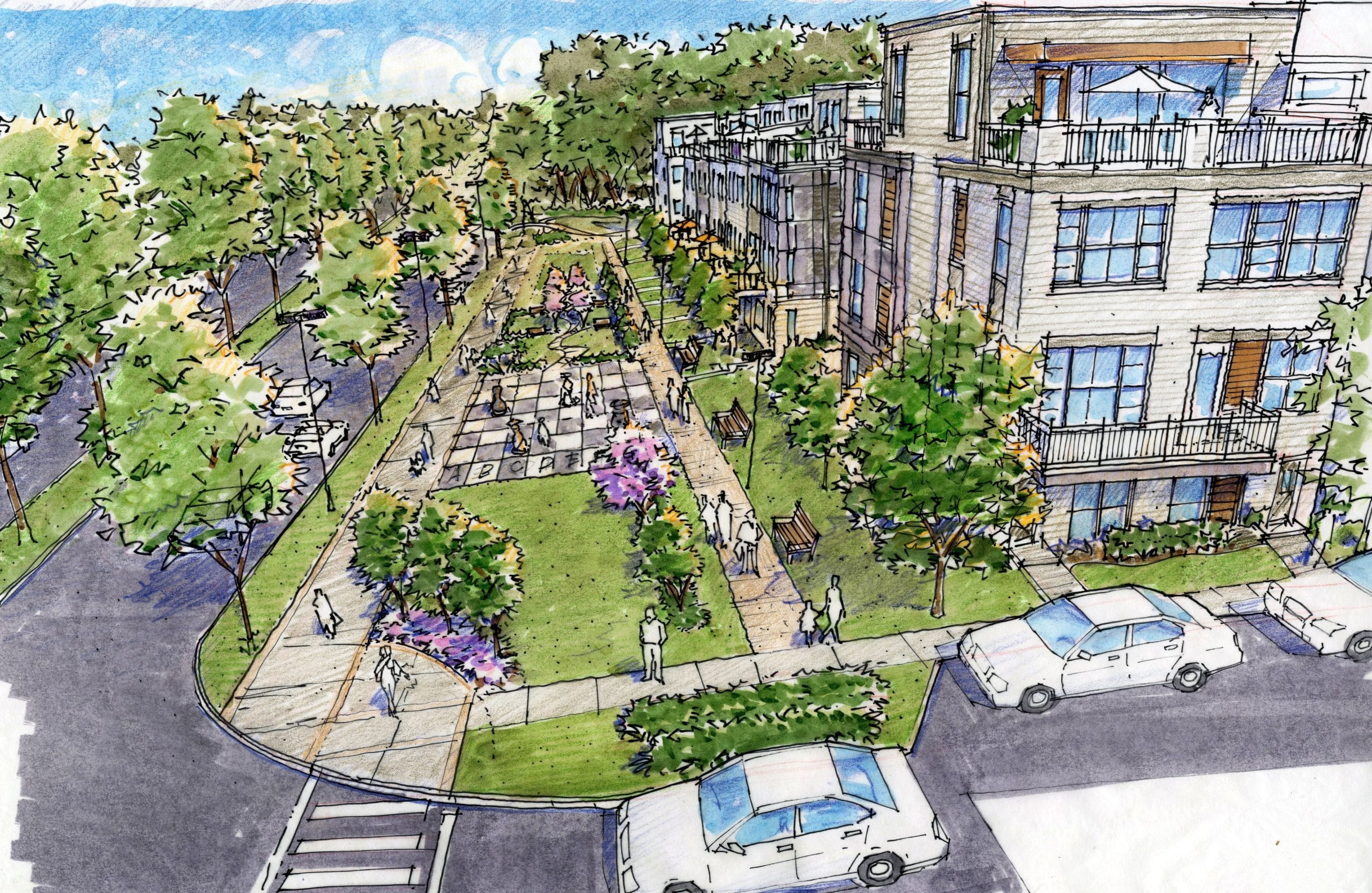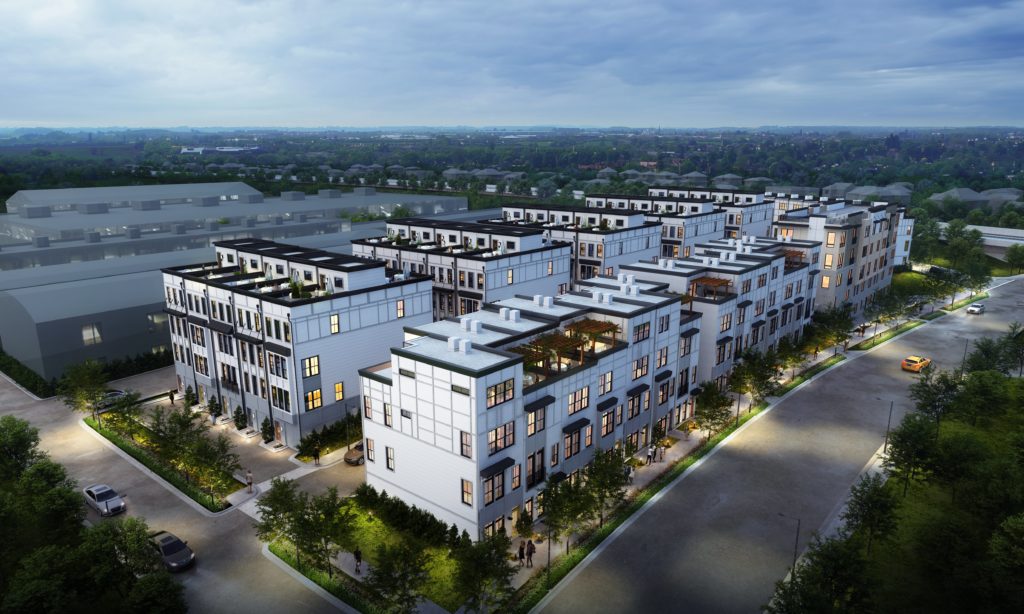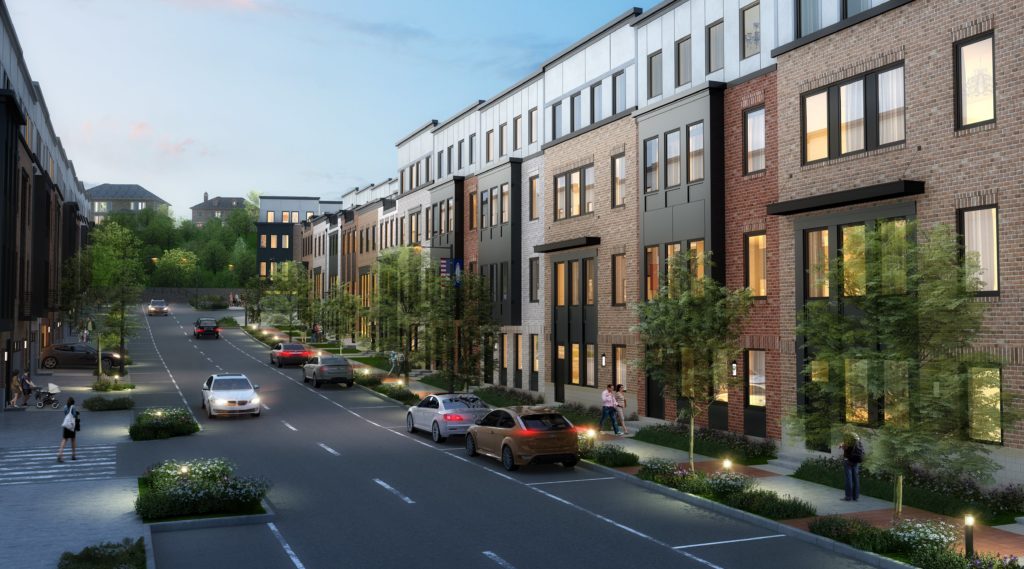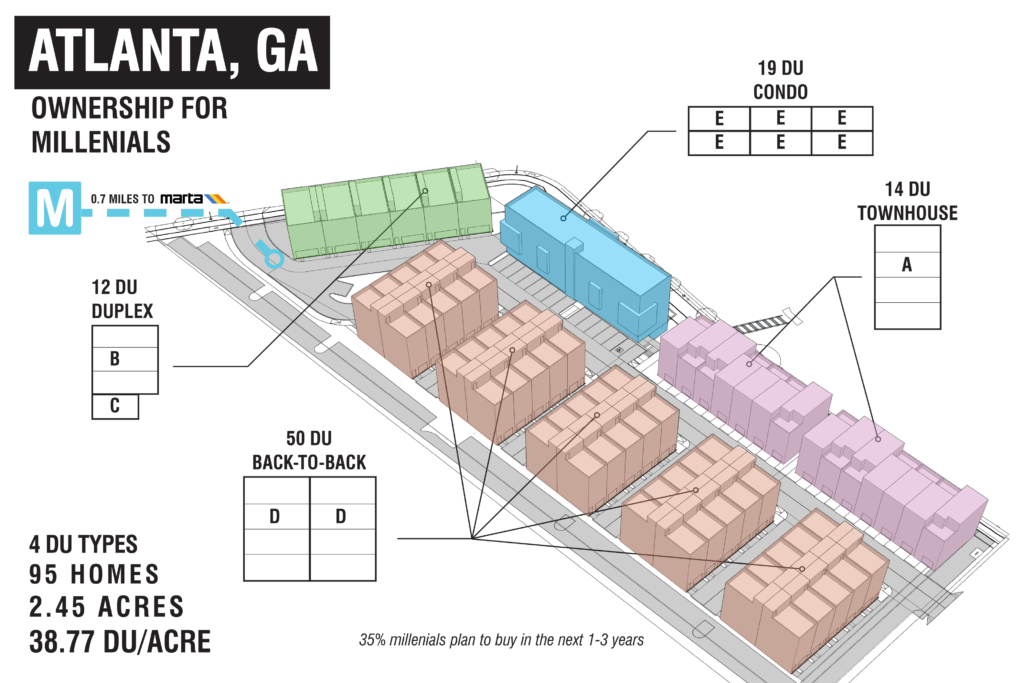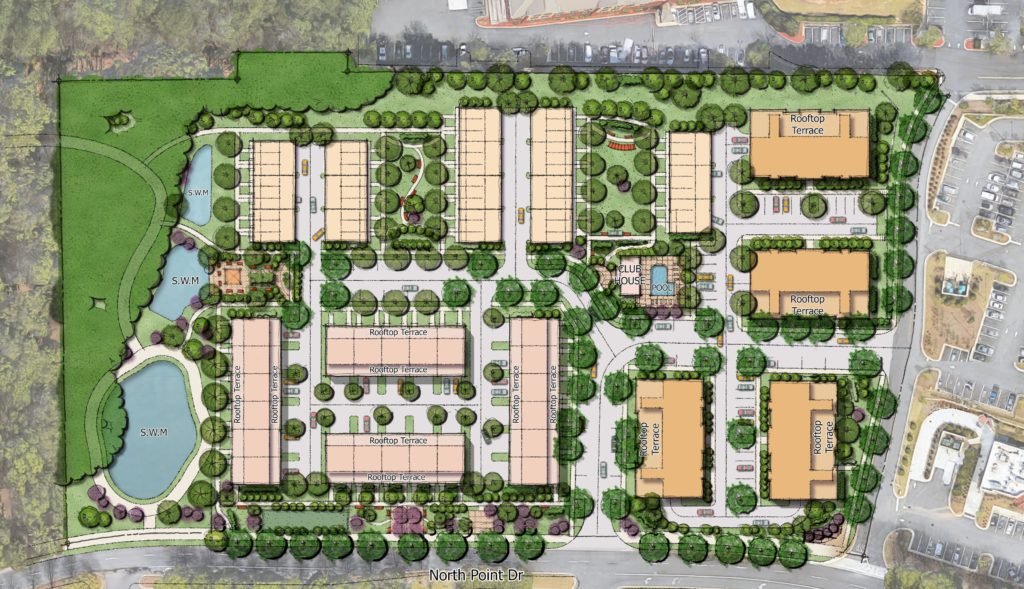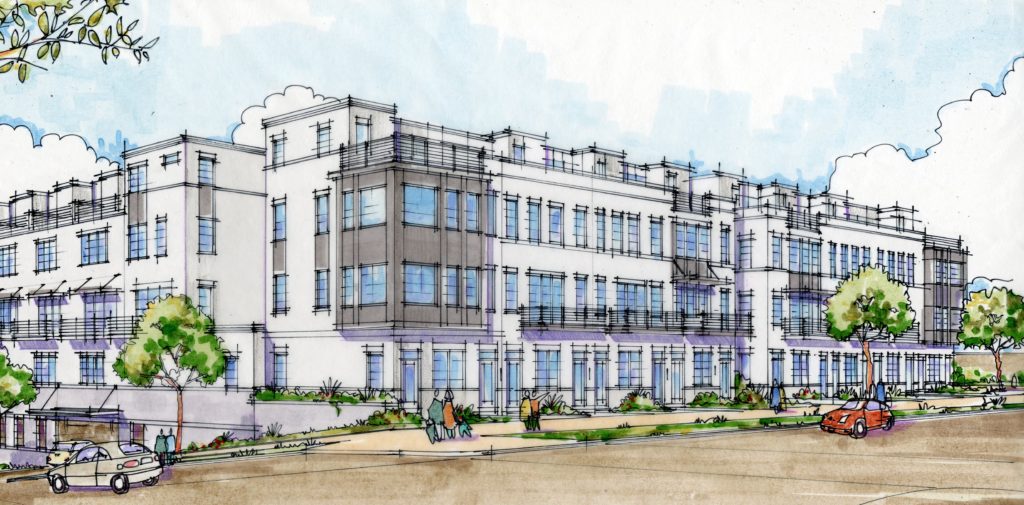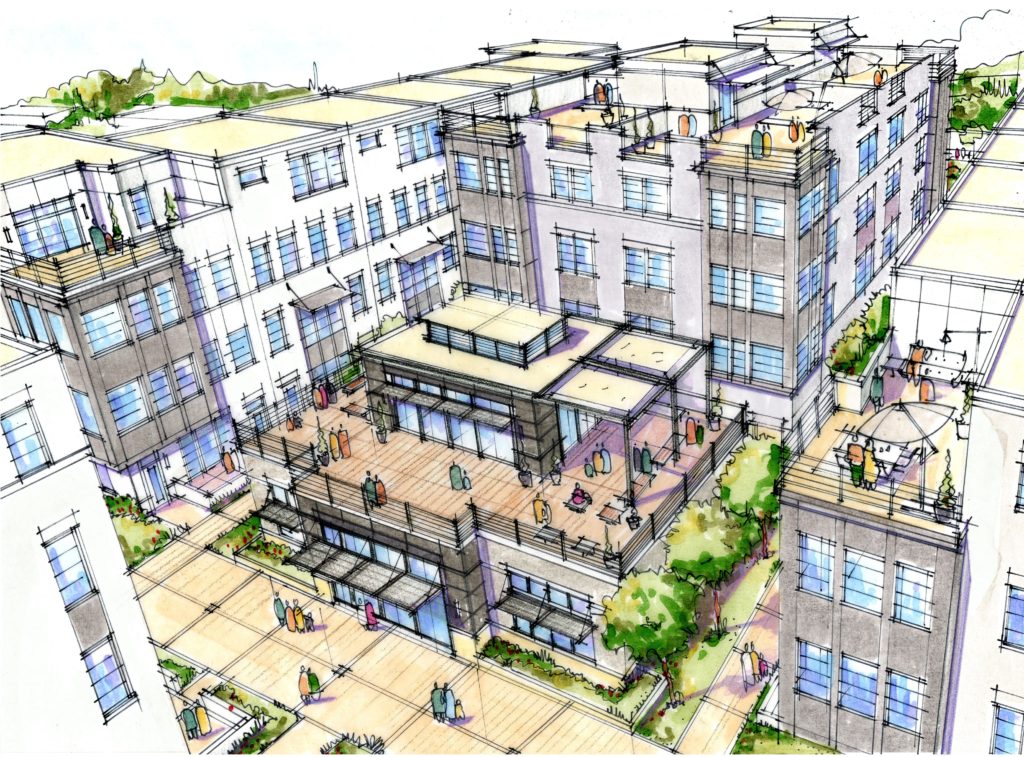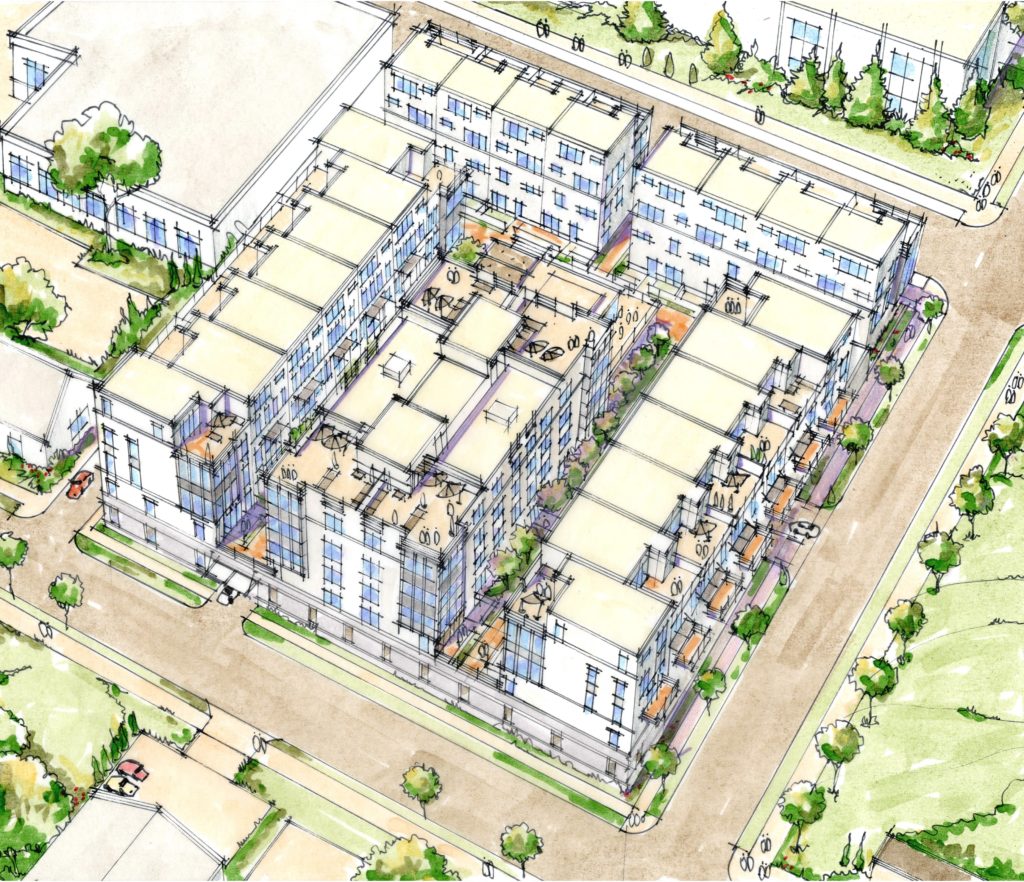It’s no secret the millennial generation is changing the home buying process. The key to persuading millennials to cross the threshold from being comfortable renters to first-time home buyers is two-fold; understand the millennial buyer and innovate through design to create product that targets program and budget preferences.
Millennials, also known as Generation Y, are defined as the generation born between 1981 and 1996 (ages 23 to 38 in 2019). They have the largest population of all generations at approximately 79 million and are expected to grow to 81 million over the next 20 years because of migration, according to the US Census Bureau.
Various groupings of millennials must be considered when analyzing their trends of buying homes, including geographical location, whether they are single and living at home, unemployed, married and living at home, or single with children and living at home. Twenty percent of millennials are living at home and 12 percent of those are married.
Consider this statistic: 24 percent of millennial mothers have two or more kids. With rentals offering very few three-bedroom options, an attainable for-sale product is begging to be solved.
Despite being the generation with the largest presence, they are slow to enter the home buying market overall. Why? Here are three reasons:
- Millennials are battling student debt. According to the USA Student Loan Solution Center, the average amount of student debt in 2005 was $17,233 per individual. In 2016, the average amount increased to $37,172.
- Millennials are getting married later in life. Compared to the other generations, millennials are tying the knot at an older age, 27 for the average woman and 29 for the average man.
- Millennials are living at home. The percentage of millennials living at home is approximately 22.5 percent, up 9 percent from 2005. Living at home allows millennials to save, despite accruing student debt. According to Bank of America, 16 percent of millennials have $100,000 or more in savings. Nearly 50 percent have $15,000 saved.
Keeping these factors in mind, buying a home might not be a millennial’s top priority. However, a few insights may help builders appeal to this generation.
- Private outdoor spaces – 70 percent of millennials say this feature is extremely important to them in a home.
- Spare bedroom – 59 percent of millennials rate a spare bedroom as important.
- Pet-friendly – 79 percent of pet-owning home buyers who closed on a property this year said they would pass up an otherwise perfect home if it didn’t meet the needs of their pets.
- Proximity – 66 percent of millennials want a home in a preferred school district. They also want proximity to public transportation.
- Convenient parking –70 percent of Millennials want off-street or garage parking.
- Budget-friendly – 83 percent of millennials want a home that is within their budget. Renters appreciate homes that meet their size, layout, and storage preferences, but the absence of any of these characteristics isn’t likely to be a deal-breaker.
So, how do you push millennials out of rentals and into the home buying market? Adopt their mindset and meet their expectations. The most popular home features are centered around being smart, safe, and secure.
Innovate with design and smart features. Rethink living spaces with flexibility in mind: open floor plans, natural light, flex spaces, storage, and bedrooms for the kids. Communal spaces and context-relevant landscapes — those that are landscaped appropriately, based on the geopgraphy and proximity to the urban core — and appeal to today’s lifestyle preferences. For millennial buyers who want to be closer to the city and its amenities, shared open space can replace the private yard.
Smart-home features are also popular and include devices such as motion sensors, smoke and CO2 detectors, doorbells, locks, and intercoms.
Utilize virtual reality as a tool, whether you are a buyer or builder. Virtual reality saves time for buyers and allows them to attend “open houses” without stepping foot into the home. If you are a builder, virtually “stage” the home and save cost.
Take advantage of attainable housing with hybrid solutions. Develop attainable housing solutions that meet the program requirements, providing parking solutions while keeping square footage low to target a price point desirable for a millennial buyer. Attached living configurations that are four-story, builder-friendly with integrated parking, pushing densities of over 40 du to the acre, are the solution and allow millennials the opportunity to purchase in more desirable locations.
For additional information, check out this and other presentations given at the International Builders’ Show.
